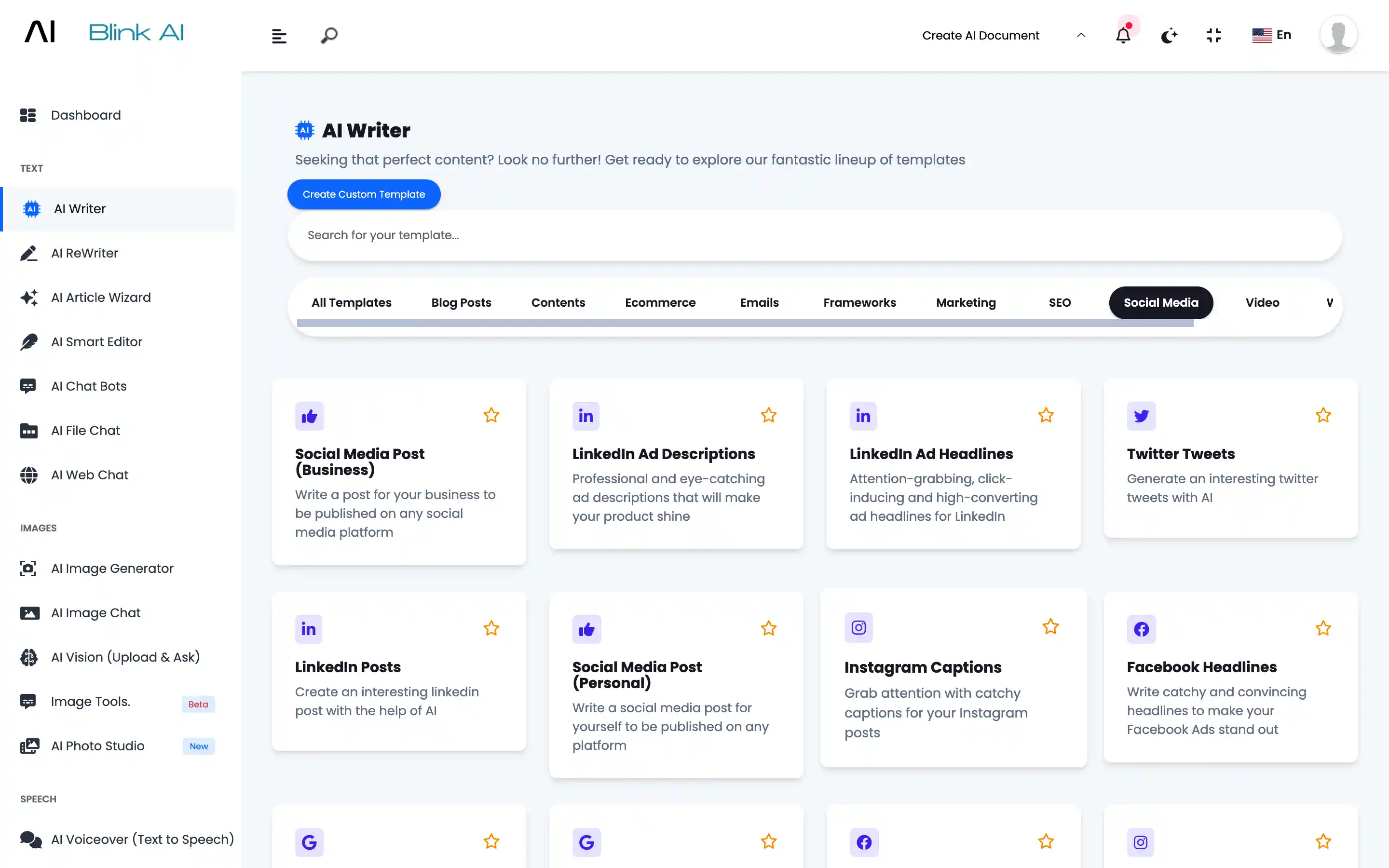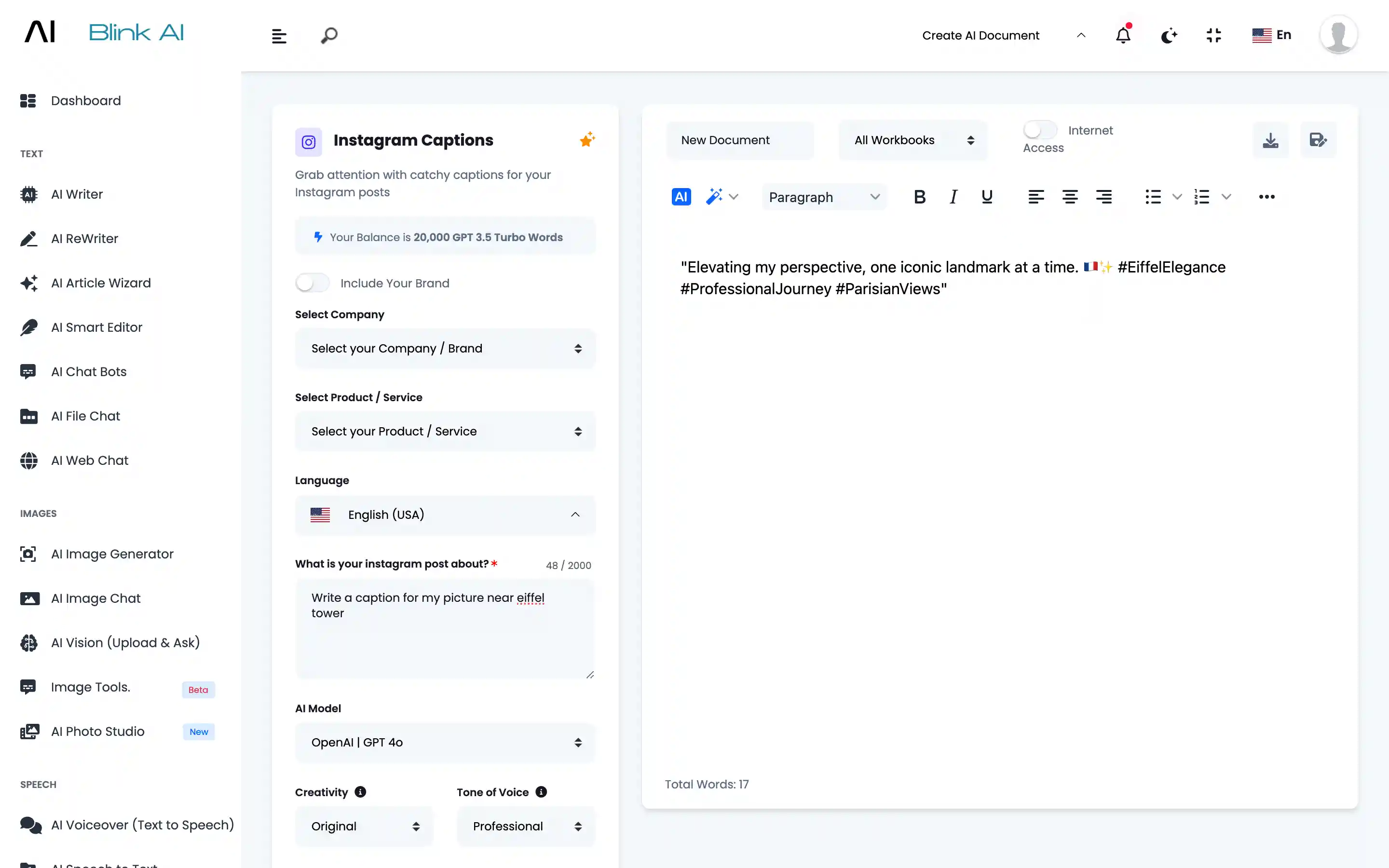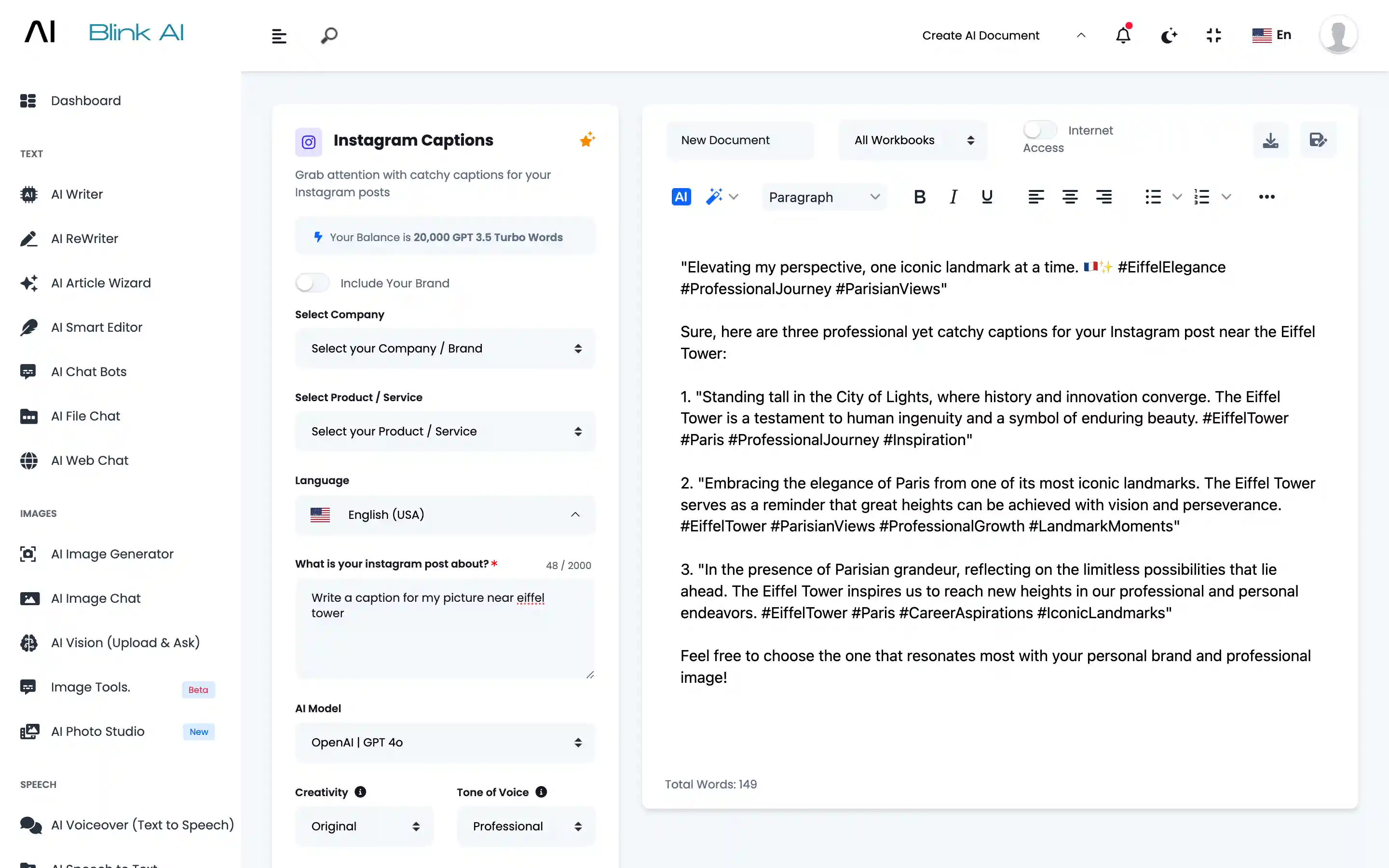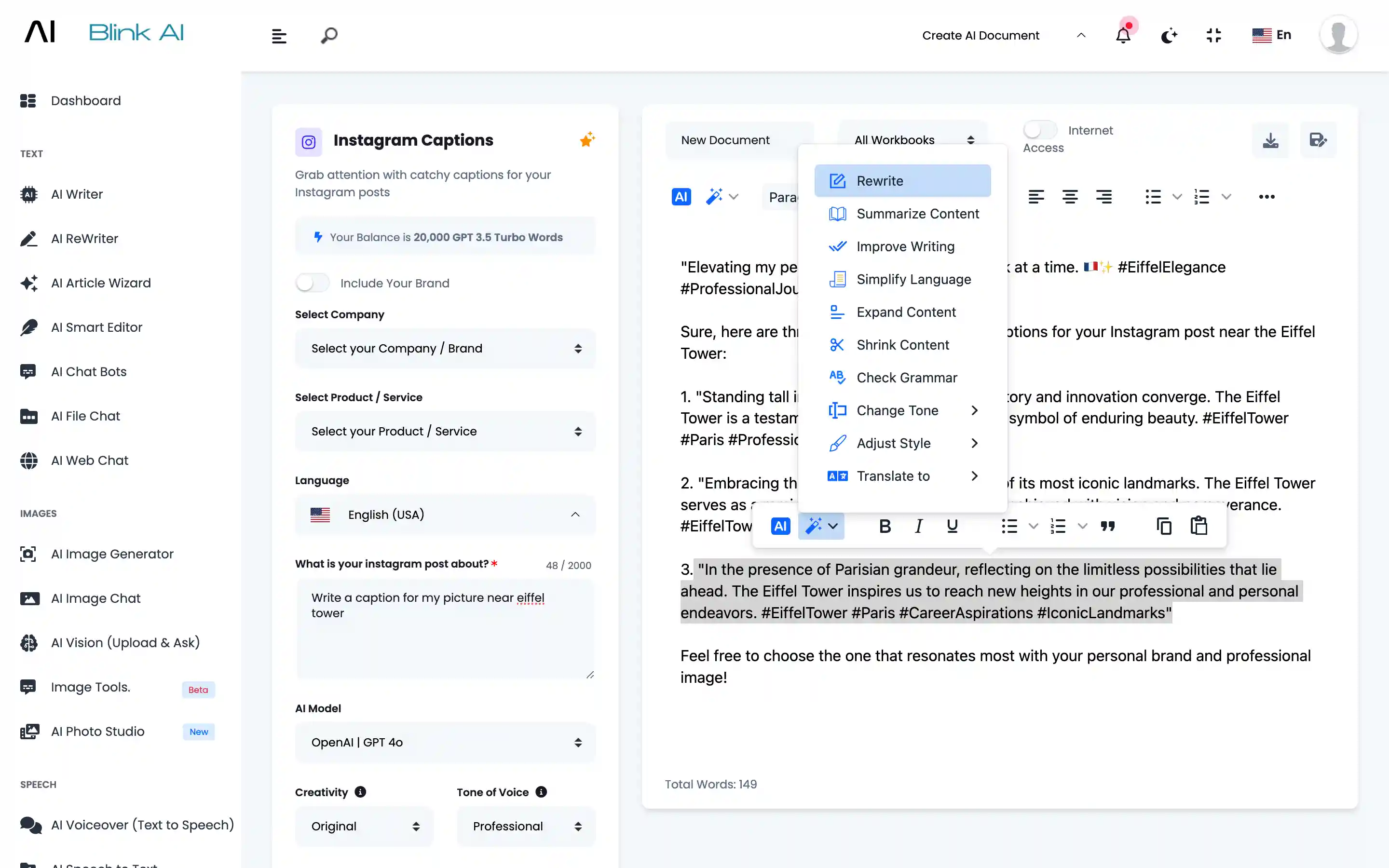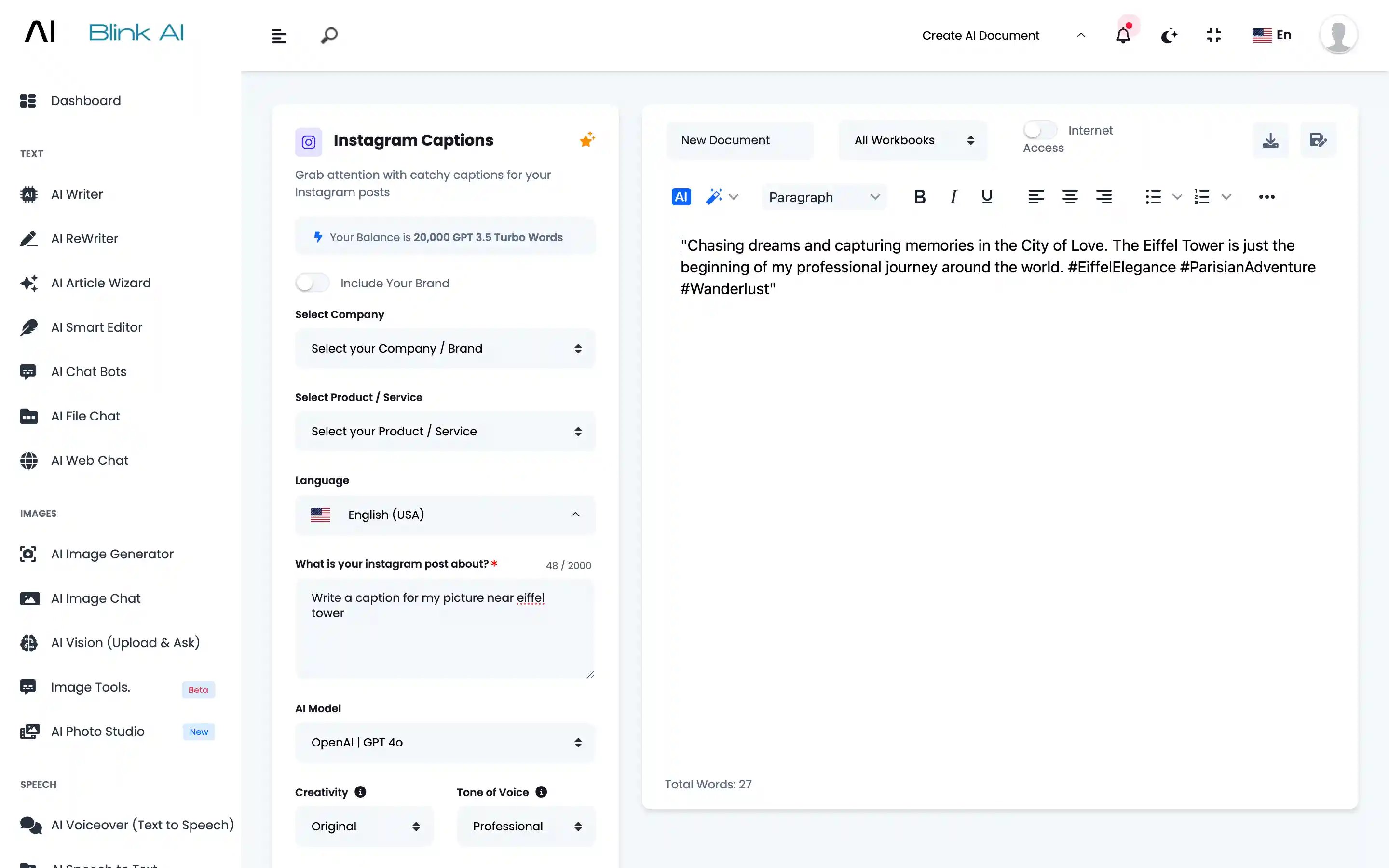Meet, BlinkAI – AI Content Generator: Text, Image, Video, Voice & Code
Terms and Conditions
One platform to generate all AI contents





AI Terms and Conditions
Develop a terms and conditions information for your organization
About Terms and Conditions
Developing comprehensive terms and conditions (T&C) for your organization is essential to set clear expectations for users, protect your business, and comply with legal requirements. T&C are a legally binding agreement between you and your users, outlining the rules and guidelines for using your services. Here’s a step-by-step guide on how to develop effective terms and conditions for your organization: Legal Protection: T&C protect your organization from legal disputes by clearly defining user responsibilities and your obligations. User Guidelines: They provide clear instructions on acceptable and unacceptable behavior, ensuring users understand how to interact with your services. Compliance: T&C help ensure compliance with relevant laws and regulations. Introduction: Explain the purpose of the T&C and the relationship between your organization and the users. Acceptance of Terms: State that by using your services, users agree to comply with the T&C. Changes to Terms: Reserve the right to modify the T&C and explain how users will be informed of updates. User Eligibility: Define who can use your services (e.g., age restrictions, geographic limitations). Account Registration: Outline the process for creating an account, if applicable, and the responsibilities associated with maintaining account security. Prohibited Activities: List activities that are not allowed, such as illegal activities, spamming, and misuse of your platform. Ownership: Clarify that your organization owns the content and intellectual property on your platform. User Content: Define user rights regarding the content they create and share on your platform, including permissions and limitations. Pricing and Billing: Explain pricing structures, billing processes, and payment methods. Refund Policy: Detail the conditions under which users can request refunds or cancellations. Disclaimer: Limit your organization’s liability for damages arising from the use of your services. Indemnification: Require users to indemnify your organization against claims resulting from their use of your services. Introduction Acceptance of Terms Changes to Terms Use of Services Intellectual Property Rights Payment Terms Limitation of Liability Privacy Policy Reference Governing Law and Dispute Resolution Contact Information Policy Updates Developing terms and conditions for your organization is crucial for legal protection, setting user expectations, and ensuring compliance with relevant laws. By clearly defining the rules and guidelines for using your services, you protect your business and provide transparency for your users. Regularly review and update your T&C to adapt to changes in your business practices and legal requirements, ensuring they remain effective and relevant.1. Understand the Purpose of Terms and Conditions
2. Identify Key Components of Your T&C
3. Detail the Use of Services
4. Intellectual Property Rights
5. Payment Terms (if applicable)
6. Limitation of Liability
7. Privacy Policy Reference
8. Governing Law and Dispute Resolution
9. Contact Information
10. Regular Review and Updates
Sample Terms and Conditions Outline
Conclusion
Steps for AI Writing
Start Writing Content in 3 Easy Steps
1
Step 1
AI Writer Section
Go to AI Writer section and select a template
2
Step 2
Details
Provide brief details about your requirement
3
Step 3
Generate
Generate, amend and save content
Discover AI Writer
How To Use Blink AI's AI Writer for Content Creation
Go to AI Writer Section
Choose from 70+ AI Writing Templates or Create your Own Template
Describe
You can provide details like what is the exact requirement. How many outputs you want. Which AI model you want to use.
Generate
Content will be generated based on your input.
Amend
Select the content you want to amend. Click on the Magic Wand to amend Generated Content.
Fresh Output
Fresh output will be generated. You can save it in Workbooks.
